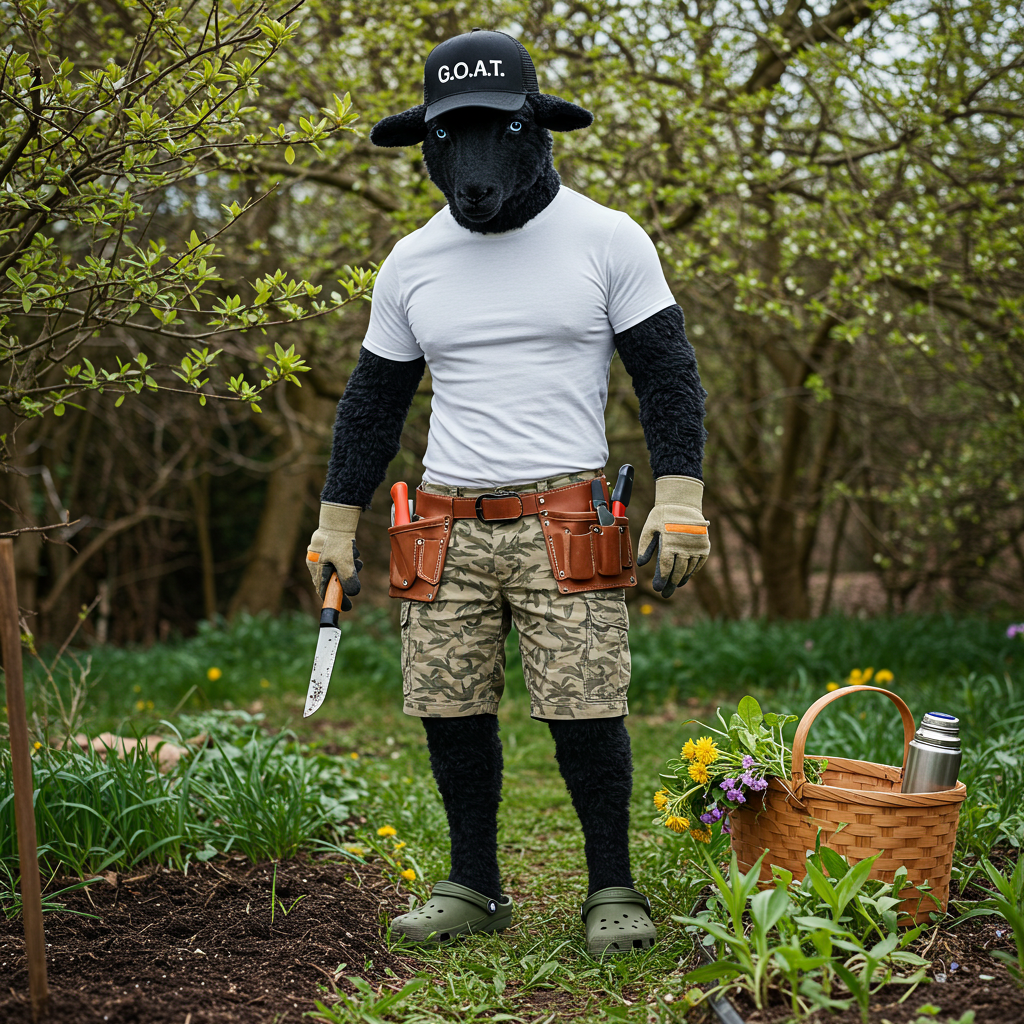Pull, Smother, Repeat

Managing Spring Weeds Without Chemicals (and Without Losing Your Mind)
There’s a moment every spring—just as you’re admiring the daffodils—when you spot it. That little sprig of dandelion smirking at you from the mulch. The patch of chickweed holding a family reunion. The thistle that clearly didn’t get the “not in this garden” memo.
Weeds are nature’s way of keeping gardeners humble. But before you reach for the harsh stuff, let’s talk about how to manage them naturally—with a little patience, a few trusty tools, and a dash of passive-aggressive persistence.
🌱 First, Know Your Enemy
Not all weeds are created equal. Some are annuals (here for a good time, not a long time), while others are perennials (here forever, sorry about that).
Common spring culprits include:
-
Chickweed – Loves cool, moist soil. Easy to pull, satisfying to yank.
-
Dandelions – Cheerful, sneaky, and deeply rooted.
-
Creeping Charlie (ground ivy) – The vine that thinks it’s a carpet.
-
Canada thistle – Spiny, persistent, and a real piece of work.
-
Quackgrass – Sounds cute. Isn’t.
🌼 Pro tip: Pull weeds when the soil is moist but not soggy. The roots come out cleaner, and you won’t have to cuss (as much).
🔧 Method #1: Good Old-Fashioned Hand Pulling
Still the gold standard for small beds and satisfying revenge. Equip yourself with a hori-hori knife or a dandelion fork, and go to town.
🎒 Tools to try:
-
Hori-hori (for slicing roots and feeling cool)
-
Long-handled weeder (for knees that protest)
-
A bucket or basket for hauling away your leafy foes
💪 Tip: Aim to pull annual weeds before they flower. Pull perennials after a rain, when the soil is loose enough to get the root.
🪵 Method #2: Mulch Like You Mean It
Mulch isn’t just pretty—it’s your first line of defence. A 2–3 inch layer of natural mulch (shredded bark, straw, leaf mould) smothers weed seedlings before they can get ideas.
🌸 Bonus: Mulch holds moisture, regulates soil temps, and makes your whole garden bed look like it belongs in a magazine.
🚫 But beware: Don’t smother your perennials. Keep mulch a couple of inches away from crowns and stems to prevent rot.
🌞 Method #3: Solar Smothering
For truly weedy areas (like old veggie beds or future perennial plots), solarization is your secret weapon.
How it works:
-
Water the area well
-
Cover with clear plastic (or black landscape fabric for less heat but better aesthetics)
-
Leave it for 4–6 weeks
-
Come back to a patch of weed toast
🔥 Best done: On a sunny day in late spring or summer—but the prep can start now.
🍃 Method #4: Dig, Divide, Disrupt
Sometimes, weeds thrive because we haven’t stirred the pot in a while. If a bed is full of gaps or older perennials, weeds will muscle in like they own the place.
🪴 Now’s the time to:
-
Divide overgrown perennials
-
Replant closely (tight plantings = fewer weeds)
-
Add groundcovers in empty spots
-
Edge the bed to keep grass from sneaking in
🌿 Consider planting weed-smothering buddies like sweet woodruff, epimedium, lamb’s ears, or Ajuga reptans.
❌ What NOT to Do
-
Skip vinegar sprays: They burn leaves but not roots, and they’re not as “natural” as they sound.
-
Avoid tilling unless absolutely necessary—it brings buried weed seeds to the surface like an unholy resurrection.
-
Don’t give up. Seriously. You’re smarter than a buttercup.
☕ Final Thoughts: You’ve Got This
Weeding in spring is a bit like parenting a toddler—you need patience, consistency, and good footwear. But with a few strategies and a little elbow grease, you can keep your beds tidy, chemical-free, and gloriously yours.
Just remember: The garden doesn’t expect perfection. It just needs your care, a bit of time, and maybe a stern talking-to for that one particularly bold thistle.

